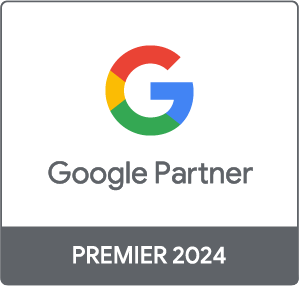

Most businesses don’t have a brand. They have a logo, a colour scheme, a slapped-together Instagram grid—and they think that’s enough. It’s not. Because in a world where competition is relentless, ads are ignored, and customers have more choice than ever, the businesses that win are the ones that people care about.
At Dilate, we don’t just do marketing—we build brands that cut through the noise, command attention, and actually drive sustainable business growth. If you’re looking for a fluffy list of “branding tips” you could Google in two seconds, this isn’t that. We’re going deeper.
Here’s how to build a brand that actually moves the needle.
Performance marketing had its golden years. A few years ago, you could run a Facebook ad, target a hyper-specific audience, and watch the sales roll in for pennies on the dollar. But those days are over.
If you’re still relying on performance marketing alone, you’re playing an expensive, losing game. Throwing money at ads and hoping something sticks isn’t a strategy—it’s a short-term fix with a short shelf life. The brands that actually win are the ones built for longevity, not just quick spikes in traffic.
A strong brand isn’t just about looking good—it’s about working smarter. When people know, trust, and recognise your brand, everything in your business runs more efficiently, from marketing to sales to customer retention.
A strong brand doesn’t just attract customers—it keeps them. And that’s what sets the winners apart.
Let’s compare two types of businesses:
Company A: Runs constant ads with heavy discounts to attract new customers. The moment they stop spending on ads, sales dry up. They have no customer loyalty, no real differentiation, and they’re stuck in a cycle of rising costs and declining returns.
Company B: Has built a strong brand with a clear message, high customer trust, and a loyal following. People actively seek them out, organic referrals drive growth, and they don’t need to rely on constant ad spend to generate revenue.
Company A is playing short-term. Company B is playing for longevity.
Which one do you want to be?
Branding isn’t a “nice-to-have” or a luxury for big corporations. It’s what separates businesses that thrive from those that fade into irrelevance. The brands that invest in positioning, storytelling, and building a loyal audience will always have the advantage—because when you have a brand that people believe in, you don’t need to beg for their attention.
At Dilate, we don’t chase trends, and we don’t do quick fixes. We help businesses build brands that last.
If you want growth that goes beyond ad spend, let’s talk.
what our clients are saying
create business. better everyday.
Let's Talklearn from the best minds in the business
Bodie provides some insight into Dilate's internal operations. How we approach what we do, and how we strive to be Better Everyday.





